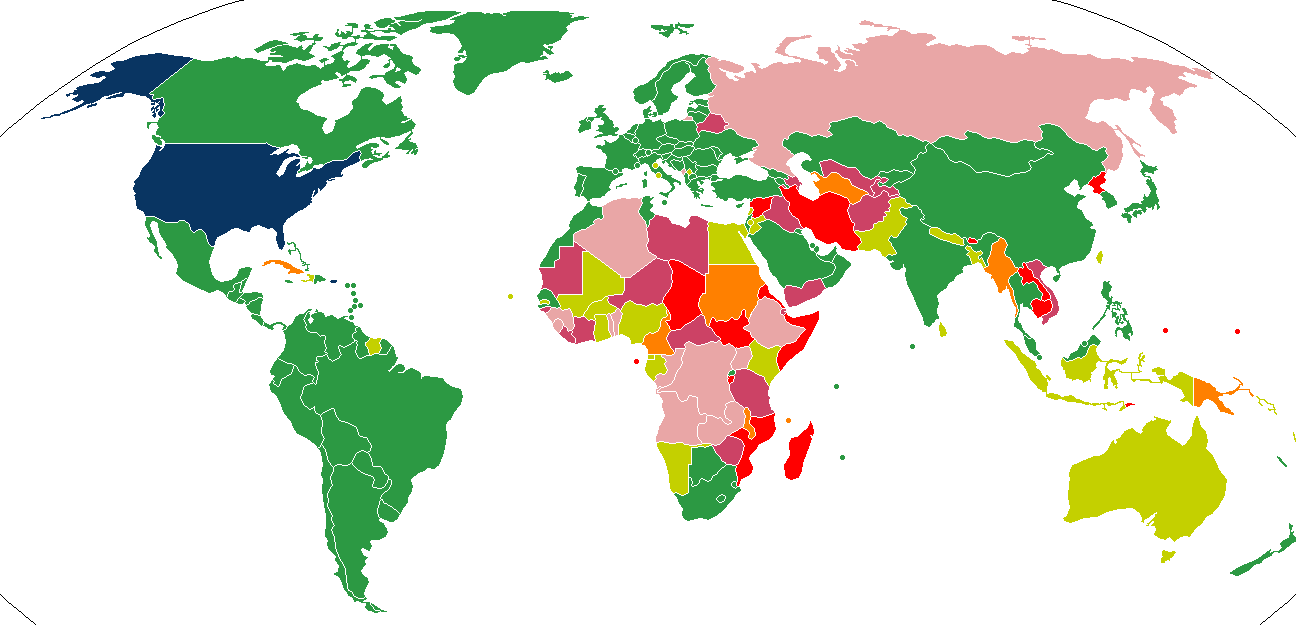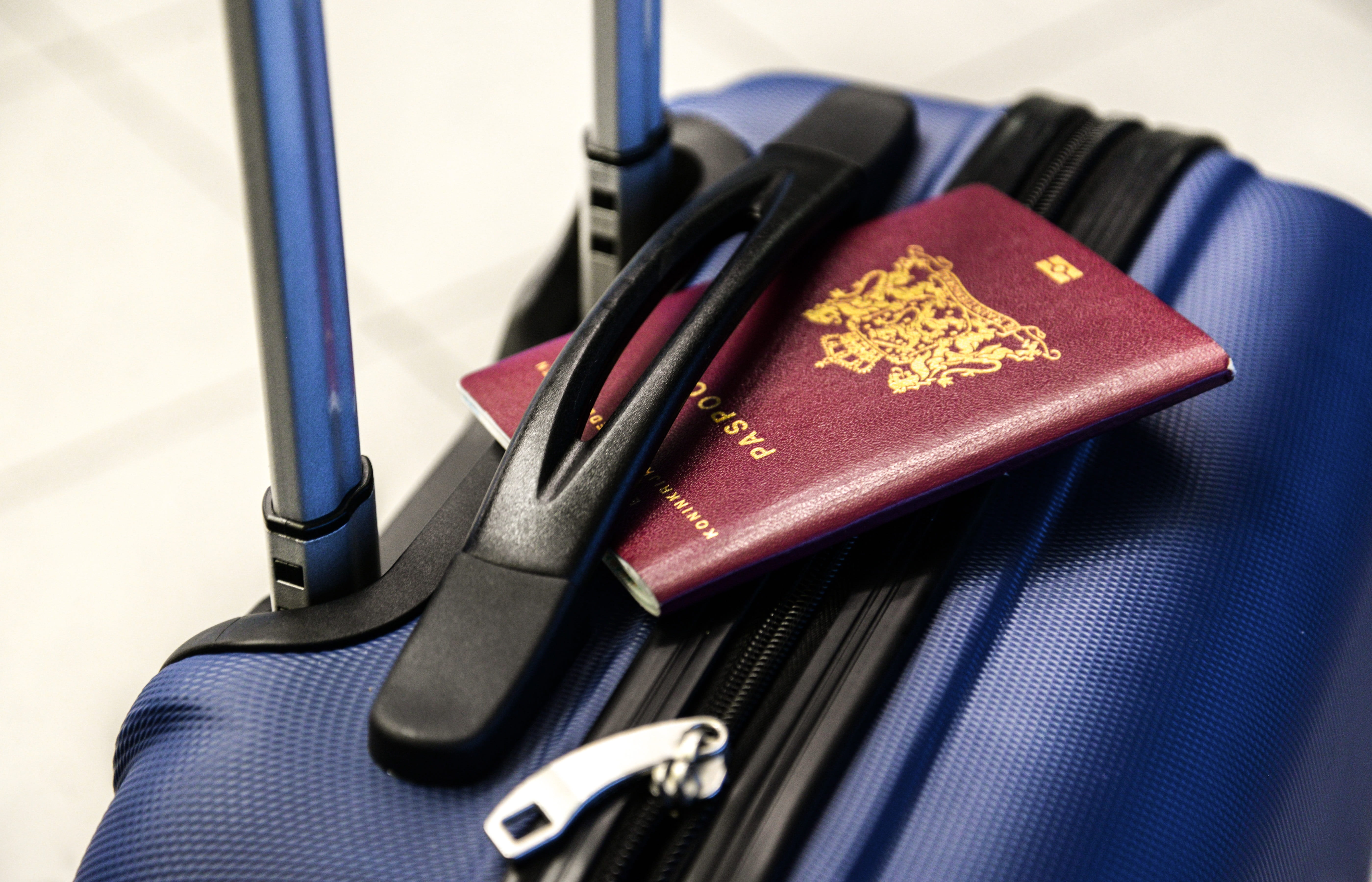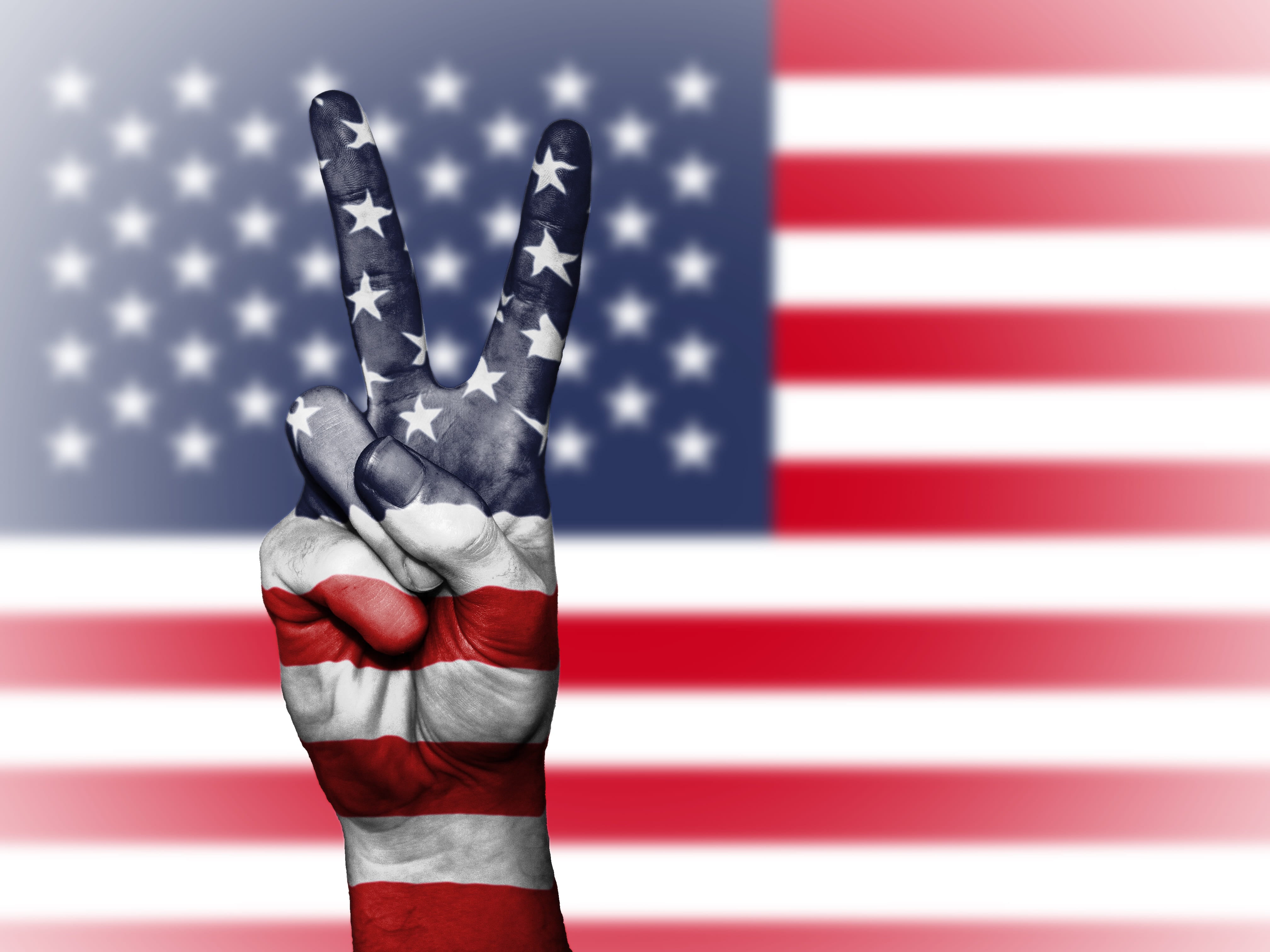Navigating the Visa Application Process for the United States: A Comprehensive Guide

Unlocking the Gateway: Understanding United States Visa Types and Eligibility
Embarking on a journey to the United States requires traversing the intricate landscape of visa acquisition. Delve into this comprehensive guide to unravel the complexities of the visa application process, from discerning the most fitting visa type for your aspirations to navigating the labyrinth of eligibility criteria. Whether your endeavor involves leisurely exploration, professional pursuit, academic enrichment, or the prospect of permanent residency, equipping yourself with a thorough understanding of visa categories and requirements is paramount to achieving your goals.

What is a visa?
A visa is an official authorization, typically stamped or affixed within a passport, permitting a person to enter and stay in a foreign country for a specified period and for a specific purpose. It essentially serves as permission granted by the government of the destination country to allow entry to the visa holder. Visas may be required for various purposes such as tourism, business, education, employment, or immigration, depending on the policies of the country being visited. Each type of visa has its own set of requirements, eligibility criteria, and permitted activities during the stay.
How many types of visas the United States offer?
Before beginning the application process, it’s essential to determine which type of visa is appropriate for your intended purpose of travel. The United States offers various visa categories, including tourist visas (B1/B2), student visas (F1), work visas (H1B), exchange visitor visas (J1), and immigrant visas (Green Card), among others. Each visa type has its own specific requirements, eligibility criteria, and permitted activities during your stay.
The United States offers several types of visas to foreign nationals depending on the purpose of their visit. Here are some common categories:
1. Visitor Visa (B1/B2): This visa is for temporary visitors for business (B1) or pleasure (B2).
2. Student Visa (F1/M1): F1 visas are for academic students, and M1 visas are for vocational students.
3. Exchange Visitor Visa (J1): This visa is for individuals participating in exchange programs, including students, scholars, and trainees.
4. Work Visa (H1B, L1, O1, etc.): These visas are for individuals coming to the U.S. for employment purposes. The H1B visa is for specialty occupations, the L1 visa is for intra-company transfers, and the O1 visa is for individuals with extraordinary ability or achievement in their field.
5. Immigrant Visa (Green Card): This is for individuals who intend to permanently reside in the U.S.
6. Diversity Visa (DV): Also known as the Green Card Lottery, this program grants visas to individuals from countries with low rates of immigration to the U.S.
7. Investor Visa (EB-5): This visa is for individuals who invest a certain amount of money in a U.S. business and create jobs.
8. Specialty Visas (such as P, R, I, etc.): These are for individuals with special circumstances, such as athletes, religious workers, journalists, etc.
Each visa category has specific requirements and eligibility criteria.
post You may like –Pi Network and Pi Coin: Redefining Cryptocurrency Mining and Accessibility
Visa Application Process to the United States

Navigating the process of obtaining a visa for the United States can be a daunting task, but with the right information and preparation, it can be a smooth and rewarding experience. Whether you’re planning to visit for leisure, work, study, or immigration purposes, understanding the visa application process is crucial. In this comprehensive guide, we’ll walk you through the steps involved in obtaining a visa for the United States, from determining your visa type to attending your visa interview.
Obtaining a job visa in the United States typically involves several steps, and the process can vary depending on the type of visa you are applying for. Here’s a general overview:
1. Find a Job Offer: In most cases, you’ll need a job offer from a U.S. employer who is willing to sponsor your visa. This means they must be willing to demonstrate to the U.S. government that they cannot find a qualified U.S. citizen or permanent resident to fill the position.
2. Determine Visa Eligibility: Once you have a job offer, determine which visa category is appropriate for your situation. Research the specific requirements and eligibility criteria for that visa category to ensure you qualify.
3. Employer’s Petition: In many cases, the U.S. employer will need to file a petition on your behalf with U.S. Citizenship and Immigration Services (USCIS). This petition will typically include evidence of the job offer and your qualifications.
4. Wait for Approval: After the petition is filed, you’ll need to wait for USCIS to process it. Processing times can vary depending on the type of visa and other factors. Some visas may have annual numerical limits or quotas, which could affect processing times.
5. Submit Visa Application: Once the petition is approved, you can apply for the visa at a U.S. embassy or consulate in your home country. This typically involves completing a visa application form, paying a fee, and attending an interview.
6. Attend Interview: As part of the visa application process, you may be required to attend an interview at the U.S. embassy or consulate. During the interview, a consular officer will ask you questions about your background, qualifications, and intended stay in the United States.
7. Wait for Visa Issuance: If your visa application is approved, you will receive your visa and other necessary documents. If your application is denied, you may be given a reason for the denial and, in some cases, have the opportunity to appeal the decision.
8. Enter the United States: Once you have your visa, you can travel to the United States and present yourself at a U.S. port of entry. A Customs and Border Protection (CBP) officer will inspect your documents and determine whether to admit you into the country.
It’s important to note that the process of obtaining a job visa in the United States can be complex and time-consuming. It’s advisable to seek guidance from an immigration attorney or other qualified professional to assist you with the process.
You may also like- Trusted online earning websites – Watching Ads, Taking Surveys
FAQs:
1. Who needs a visa to travel to the United States?
– Most foreign nationals require a visa to enter the United States. However, citizens of certain countries may be eligible for visa-free travel under the Visa Waiver Program (VWP) for short visits.
2. How do I know which type of visa I need?
– Determine the purpose of your visit to the United States (e.g., tourism, work, study, immigration) and then research the appropriate visa category based on your specific circumstances.
3. What is the DS-160 form, and how do I complete it?
– The DS-160 is the online nonimmigrant visa application form used by individuals applying for a U.S. visa. You can access and complete the DS-160 form on the Consular Electronic Application Center (CEAC) website. Ensure that you provide accurate and truthful information as part of the application process.
4. How far in advance should I schedule my visa interview?
– Visa interview wait times vary by location and time of year. It’s advisable to schedule your interview well in advance of your intended travel dates, as appointment availability may be limited during peak seasons.
5. What documents do I need to bring to my visa interview?
– Required documents typically include your passport, DS-160 confirmation page, visa application fee receipt, photo, proof of financial support, and any additional supporting documents specific to your visa type. Check the requirements specified by the U.S. embassy or consulate where you will be interviewed.
6. How long does it take to process a U.S. visa?
– Processing times can vary depending on factors such as the type of visa, the volume of applications, and individual circumstances. It’s essential to apply for your visa well in advance of your intended travel dates to allow for processing and potential delays.
7. What happens if my visa application is denied?
– If your visa application is denied, you may be provided with a reason for the denial. In some cases, you may have the opportunity to address any issues and reapply for the visa. Alternatively, you may choose to seek guidance from a qualified immigration attorney to explore other options or appeal the decision.
8. Can I apply for a visa extension while in the United States?
– Visa extensions are generally not available for visitors to the United States. If you need to extend your stay for legitimate reasons, you may be able to apply for a change of status or seek other immigration options. It’s advisable to consult with an immigration attorney for personalized guidance.
9. Do children need separate visas?
– Yes, children are generally required to have their own visas if they are traveling to the United States. Each individual, regardless of age, must have a valid visa to enter the country.
10. Where can I find more information about the visa application process?
– For detailed information about the visa application process, including specific requirements and procedures, visit the official website of the U.S. Department of State or contact the nearest U.S. embassy or consulate in your home country. Additionally, consulting with a qualified immigration attorney can provide valuable guidance and assistance tailored to your individual circumstances.

i am frequent blog post writer about warriors topics like business, health and sports on my site bloggingfrog.com. little knowledge I have I want to distribute it with everyone around the wrold








